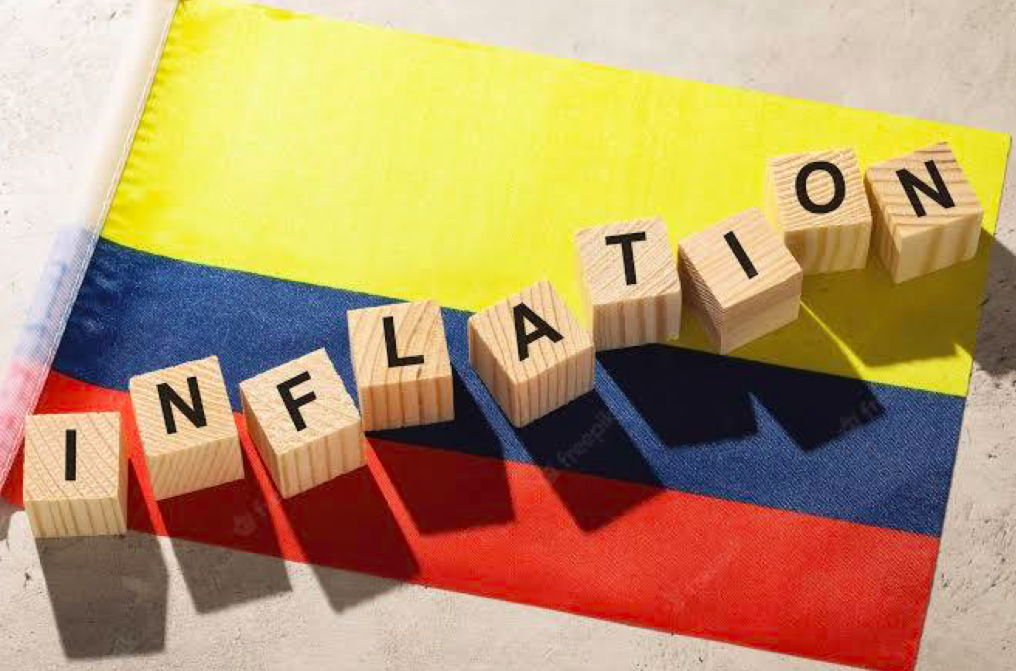By Valerie Cifuentes*
Colombia’s inflation is still above 13%, at historical highs not seen since 1999.
Although it is expected to ease in a more significant proportion after half a year, the indicator would close at 9% in 2023.
It would take two more years to return to 3% levels, according to the International Monetary Fund (IMF).

At the end of February, the co-director of Banco de la República (Bank of the Republic), Jaime Jaramillo, reiterated that the board “is firmly committed to the 3% target and will continue working to achieve it by the end of 2024.”
Still, the IMF considers that in 2024 the indicator would close at 3.5% and drop to 3% in 2025.
It is worth mentioning that Colombia’s inflation target range is between 2% and 4%, according to the Bank of the Republic.
These levels have not been seen since 2019, when the indicator closed the year at 3.8%, then came the pandemic closed at its lowest level in recent history and stood at 1.61%.
Since then, prices have started to rise, and in 2021 and 2022, inflation ended at 5.62% and 13.12%, respectively.
It should be recalled that the IMF’s executive board met last March 22 to conclude Colombia’s Article IV consultation (review of the outlook for the Colombian economy).
It stated that inflation would gradually decrease in the coming months and reach the Bank of the Republic’s target level in 2024.
Likewise, it expects the current account deficit to be reduced to 4% in the medium term and to continue to be financed by foreign direct investment flows, whose strength during 2022 is highlighted in the report.
In line with the above, it emphasized the need to continue tightening macroeconomic policies to address the country’s internal and external imbalances.
Banco de la República commented after the IMF report that cooling the economy would support the reduction of inflation, which continues at high levels, and help reduce the external imbalance, which widened last year despite favorable terms of trade.
Likewise, the exchange flexibility regime is highlighted as one of the pillars of the country’s solid inflation-targeting framework.
Therefore, it is considered appropriate to facilitate the required external adjustment. Given this, a progressive decrease in these imbalances is expected.
On the other hand, the report highlights the importance of having access to the Flexible Credit Line (FCL) as an instrument that provides additional buffers to international reserves to face extreme risks on a precautionary basis, which in turn sends a signal of confidence regarding the existence of solid economic fundamentals in the country.
*Journalist specialized in covering economic, financial, and business issues. She was co-editor of economics and finance for Forbes Colombia and a journalist for El Tiempo’s Portafolio newspaper, La República newspaper, and the communications office of the Colombian Banking and Financial Institutions Association (Asobancaria).
With information from Bloomberg

